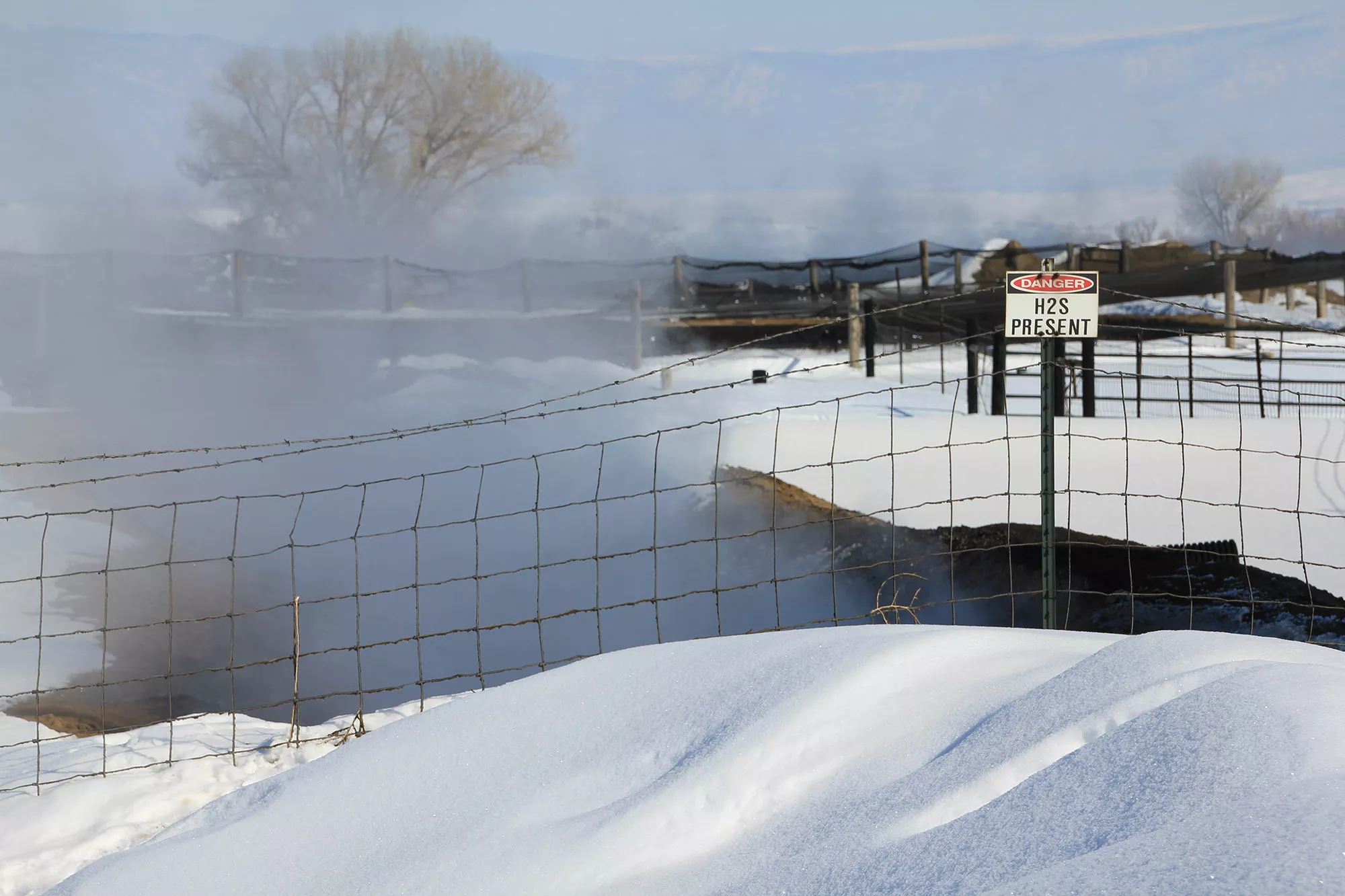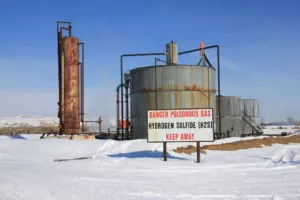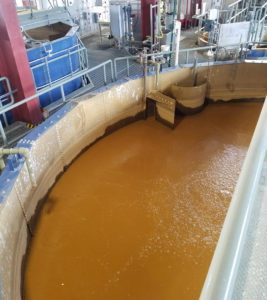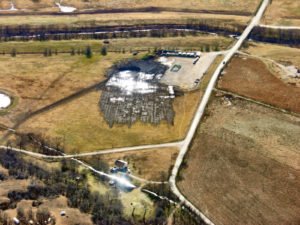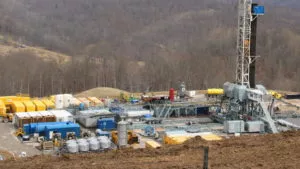When wells are drilled and fracked, it’s not only oil and gas that are brought to the surface from deep underground—but also large volumes of waste. Estimates show that up to 1,200 gallons of wastewater can be created per day of production at shale gas wells, as well as at least 600 tons of solid waste per hole drilled.
Storing, treating, and disposing of so much waste requires a variety of equipment and facilities, all of which can pose risks to the environment, health, and property. Waste management practices include:
- Pits and impoundments
- Underground wastewater injection wells
- Landfills
- Surface spreading
- Wastewater treatment plants
Operators and state regulators need to do much more to reduce the impacts of oil and gas waste.
Disasters from Pennsylvania to Texas to North Dakota to California, demonstrate the problems posed by oil and gas waste, including:
Toxic pollution
Even when EPA exempted oil and gas waste from hazardous waste regulations in 1988, the agency concluded that it contains toxic substances that would qualify the waste as hazardous, and which pose a risk to health and the environment, such as benzene, lead, arsenic, barium, and uranium.
Studies have identified health-harming toxic chemicals in oil and gas wastewater disposed of in injection wells and discharged into rivers and streams, solid waste created during drilling, and fracturing fluids recovered at well sites. In addition, high saline levels in some oil and gas waste can contaminate soil and harm aquatic life.
Radioactivity
Shale and other rock formations contain radioactive material. Levels of radioactivity vary across formations depending on depth and concentration. Oil and gas development brings radioactive material to the surface and can also create radioactive deposits on pipes and equipment. The radioactive content in wastes can pose health risks and is challenging to remove.
Earthquakes
Research has determined that the disposal of large quantities of wastewater in underground injection wells (UICs) can cause seismic activity because pressure on underground faults increases, causing them to slip. Earthquakes have been linked to wastewater injection in at least five states: Arkansas, Colorado, Ohio, Oklahoma, and Texas. As drilling and wastewater disposal increase, the number and frequency of earthquakes are rising. (Some earthquakes have also been linked to drilling and fracking.)
Regulation
Nearly 30 years ago, the US Environmental Protection Agency (EPA) decided not to directly regulate oil and gas waste under Subtitle C of the Resource Conservation and Recovery Act (RCRA), the federal law on hazardous and solid waste. As a result, management of oil and gas waste has been left to the states, creating a patchwork of regulation and practices.
Because of the RCRA exemption, states do not require “cradle to grave” tracking of waste from the well site where it is created to the location where it is disposed. As a result, there is limited information on the number of facilities that store, treat, and dispose of oil and gas waste. A bill introduced in the US Senate would reverse the RCRA loophole, which could also be done by state legislatures.
In 2016, the Environmental Integrity Project, Earthworks, and several other organizations reached a legal settlement with EPA requiring the agency to update rules on the management of solid oil and gas waste by landfills and other facilities, which the agency is obligated to do under Subtitle D of RCRA.
In addition, facilities that treat and discharge wastewater are required to obtain a federal National Pollution Discharge Elimination System (NPDES) permit, as well as applicable state permits.
Types of Waste
Produced water (also called “brine” and “formation water”) is brought up from underground during drilling and production. Produced water continues to flow over the lifetime of a well and contains high levels of salt, heavy metals, oil and grease, and radiological material.
Flowback is the mix of water and fracturing fluids that return to the surface once fracturing is completed. Samples of flowback from the Marcellus Shale have shown high levels of sodium, chloride, strontium, barium, and bromide, as well as toxic substances from the fractured formations.
Drill cuttings are the ground up rock pulled up from the formation during drilling. Regulators often define cuttings to be natural material (e.g., rock and dirt), but cuttings contain radioactive material and can also be coated with fluids and chemicals used in drilling.
Drilling muds are used to control pressure in the wellbore, cool and lubricate the drill bit, and help bring drill cuttings to the surface. Muds can be water-based, oil-based, synthetic, or made of air and foam—but they all contain chemical additives. One study found very high levels of chlorides and benzene in drilling muds.
Fracturing sand helps keep open fractures created in formations so that oil and gas can flow out. Large amounts of frac sand return to the surface as a waste product. No studies have analyzed the contents of this waste, but it likely contains the chemicals used to treat it before use.
For More Information
- Earthworks report on oil and gas waste problems and oversight in the Marcellus and Utica Shale states.
- Environmental Integrity Project and other organizations legal petition to EPA from on the need to develop federal regulations for oil and gas waste. Downstream Strategies report on water use and wastewater production in Marcellus Shale development.
- Physicians, Scientists, and Engineers for Healthy Energy database of peer-reviewed studies on oil and gas waste.
- Earthworks fact sheet on wastewater disposal and earthquakes.
- EPA 2016 rule on the treatment of oil and gas wastewater.
- Earthworks, Environmental Advocates of NY, and Riverkeeper comments on New York’s proposed waste management regulations.
- US Congressman Matt Cartwright’s CLEANER Act, which would close the RCRA loophole for oil and gas operators.
- Bureau of Land Management(BLM)’s regulations governing onshore oil and gas operations include requirements for oil and gas operators on federal lands to submit information on methods for containment and disposal of waste material. Find out more about BLM regulations.
- Argonne National Laboratory’s Drilling Waste Management Information System Web Site, including state-by-state resources on oil and gas waste regulations.

